KRAS has evolved from the icon of “undruggable” to the engine of next-generation oncology. Building on the success of allele-selective inhibitors (e.g., G12C), the mid-2020s ushered in three powerful paradigms: RAS(ON) inhibition, pan-KRAS degradation, and AI/quantum-enabled discovery. This article distills their principles, strengths, and limitations, and translates them into clinical design — biomarkers, combinations, and trial strategies.
1. From Selective Inhibition to Network Control
Allele-selective inhibitors deliver tumor regression but face two systemic obstacles: a narrow eligible population and rapid resistance driven by RTK reactivation and wild-type RAS. The next step is to control the entire RAS network (mutant + wild-type, upstream and downstream) rather than a single mutant allele.
- Challenge A: WT-RAS–mediated rebound of MAPK/PI3K
- Challenge B: Heterogeneity across tumor types, alleles, and RTK amplifications
- Challenge C: Toxicity trade-offs and optimal sequencing in combinations
2. RAS(ON) Inhibitors — Targeting the Active State
Instead of allele specificity, RAS(ON) inhibitors target the active, GTP-bound conformation. Compounds such as RMC-6236 and RMC-7977 form tri-complexes (often leveraging CYPA as a scaffold) to attain state-selectivity and sustained pERK suppression. By engaging both mutant and wild-type RAS simultaneously, this approach can blunt RTK-driven rebound and prolong responses.
- Pros: Allele-agnostic reach; WT-RAS resistance avoidance; durable pERK suppression
- Cons: Physiologic RAS roles in normal tissues; careful dose-finding needed
- Likely fits: PDAC/CRC and RTK-amplified contexts with high RAS dependence
3. Pan-KRAS Degradation (Degraders/TTPD) — From Blocking to Removing
Degraders catalyze ubiquitination and proteasomal removal of KRAS. Agents like ACBI3 can reduce multiple KRAS variants concurrently, often delivering broader functional suppression than occupancy-based inhibitors. TTPD (Trivalent Targeted Protein Degradation) improves cooperativity and selectivity, enhancing degradation efficiency.
- Pros: Allele breadth; catalytic action; distinct resistance profile
- Cons: E3 ligase choice; tissue distribution; hook effects; CNS penetration
- Clinical readouts: On-treatment KRAS reduction, pERK/pS6 dynamics, ctDNA kinetics
4. Upstream Interception — SHP2/SOS1/RTKs in Vertical Combinations
To block WT-RAS reactivation, “vertical” combinations remain central. Pairing KRAS inhibitors with SHP2 (e.g., TNO155, RMC-4630) or SOS1 (e.g., BI-1701963) attenuates RTK → RAS signaling loops. Even in the era of RAS(ON) and degraders, calibrated upstream suppression helps delay resistance without exacerbating toxicity.
5. AI and Quantum Computing — Designing for Complex Modes of Action
Generative models and reinforcement learning propose 3D chemotypes tailored to tri-complex binding; FEP and dielectric modeling refine affinity; multi-objective optimization balances potency, selectivity, and ADME/Tox. Quantum variational algorithms aid pocket discovery around Switch II water networks. Retrosynthesis planning links virtual designs to practical synthesis, shrinking iteration cycles.
- GenAI: pose-aware scaffolds for RAS(ON) surfaces
- Quantum: stability of local hydration and transient pockets
- Omics integration: proteome expression × drug-response matrices
6. Biomarkers — The “Who/When/What” of KRAS Therapy
Next-generation KRAS therapy relies on multi-layer biomarkers:
- Genomic: allele (G12D/V/R/C, Q61), mutant dosage, co-mutations (TP53, STK11, KEAP1)
- Signaling: pERK/pAKT dynamics, RTK amplification/activity
- Immune: T-cell infiltration, interferon signatures, MDSC/CAF indices
- Dynamics: ctDNA clearance kinetics, serum protein signatures
In particular, mutant dosage tracks with prognosis and therapy response and should inform line of therapy, combination strength, and dose intensity.
7. Combination Design — Order, Interval, and Intensity
The core rule is to hit the missing circuit. Map-targeted KRAS control on the MAPK side with partial PI3K/mTOR suppression; in RTK-high cases, add SHP2/SOS1 early at modest doses. For immunotherapy, consider phased sequencing — RAS control → antigenicity restoration → ICB initiation — to maximize synergy while managing toxicity.
8. Trial Architecture — Adaptive, Learning Systems
- Umbrella/basket: tumor-agnostic, allele-stratified, RTK-amplification cohorts
- Bayesian adaptivity: swap arms via early PD signals (ctDNA, pERK)
- RWD integration: reinforce safety and sequencing in real-world settings
Co-primary endpoints should incorporate ctDNA negativity and duration of response (DOR) alongside PFS/ORR to capture network-level control.
9. Safety and Day-to-Day Management
RAS-pathway suppression commonly yields dermatologic, GI, and hepatic signals. Low-dose multi-drug regimens, staged onboarding, and intermittent dosing can create a wider therapeutic window. Degraders may offer switch-like control for toxicity management.
10. Industry and Alliances
RAS(ON) leaders (Revolution Medicines), allele-selective pioneers (Amgen/BMS), and upstream modulators (Boehringer Ingelheim/Novartis) are converging with degrader specialists and AI/quantum startups. Companion diagnostics for ctDNA, RTK amplification, and dosage quantification are becoming standard partners.
11. Author’s Take — From “Blocking” to “Taming”
The heart of next-wave KRAS therapy is to weaken tumor-required network traits without breaking physiologic RAS roles. Degradation + RAS(ON) + upstream control + ICB is not brute force; it is orchestration. Clinical practice will increasingly measure the quality of network control, not merely the size of the tumor.
This article was produced by the Morningglorysciences Editorial Team.
Related articles






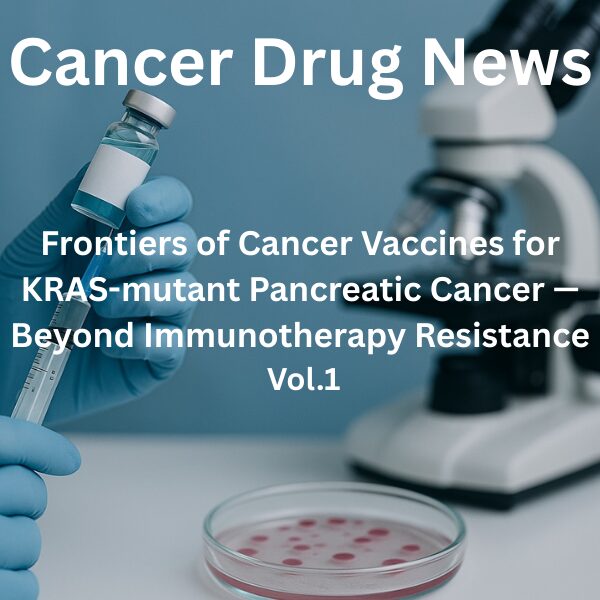
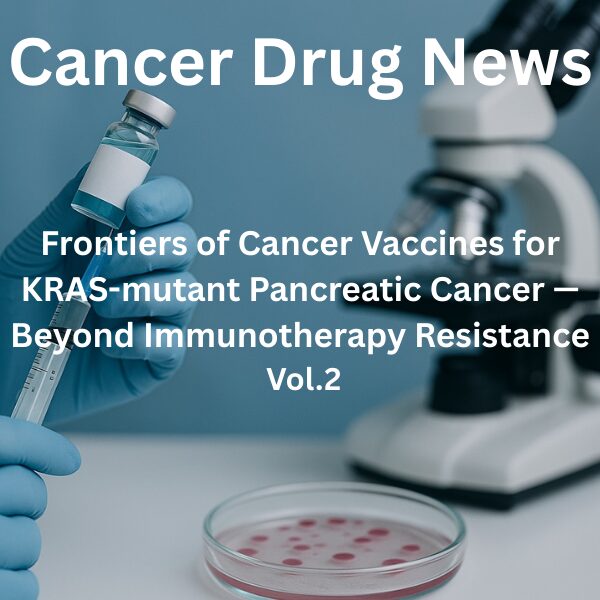
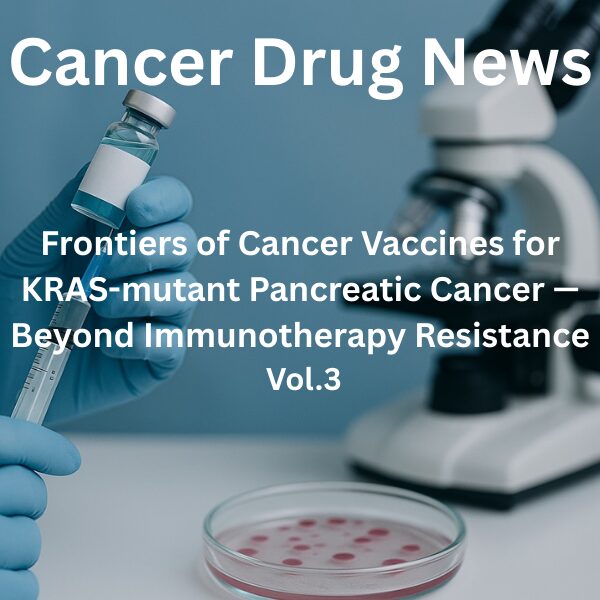
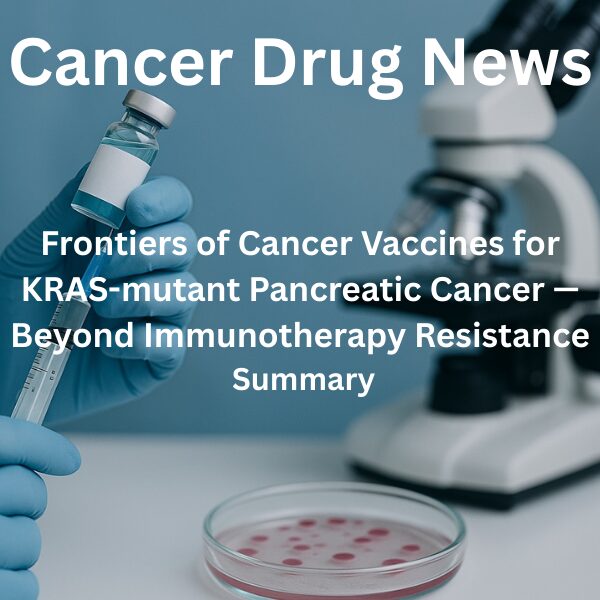


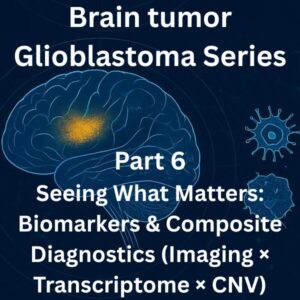
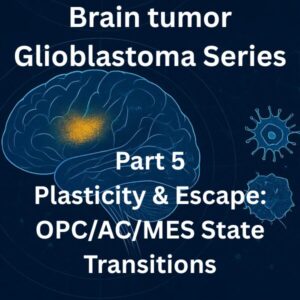
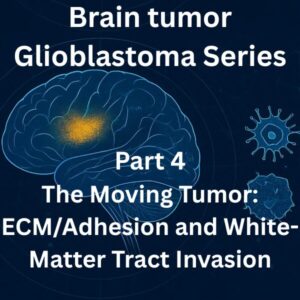
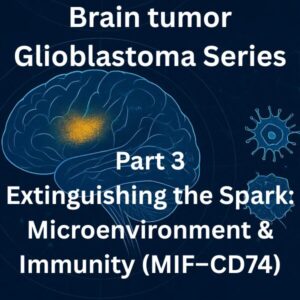
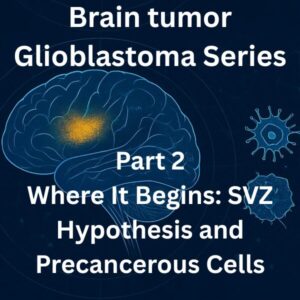
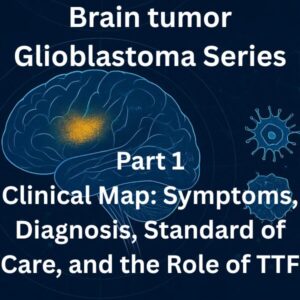
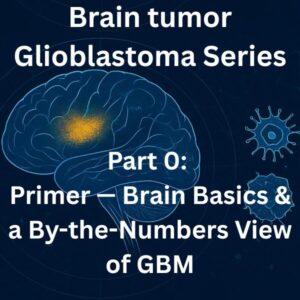
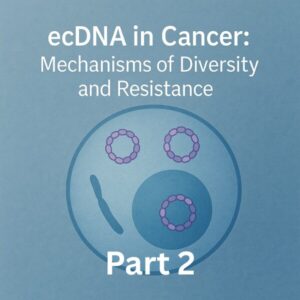
Comments